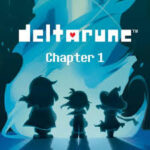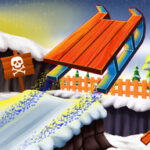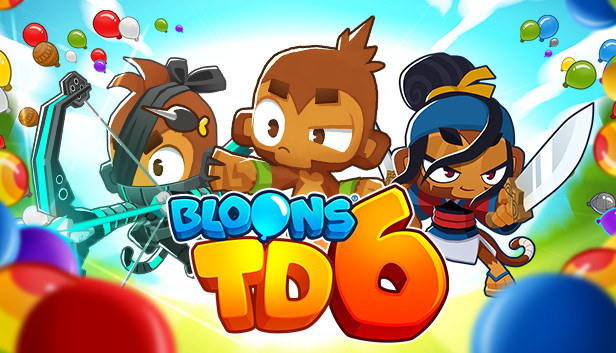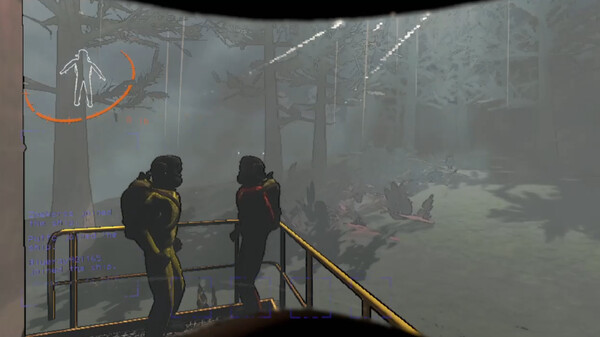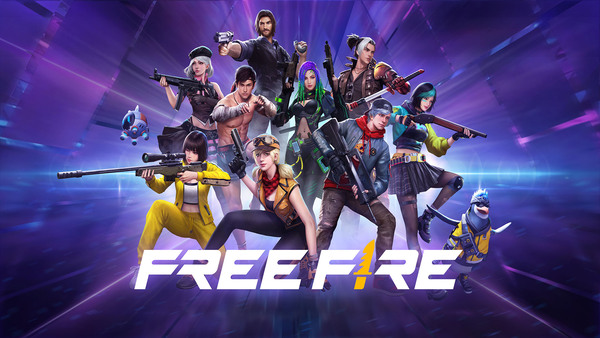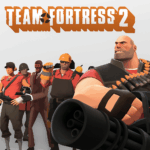Sifu – A Relentless Journey Through Mastery, Memory, and Martial Arts
Sifu, developed by Sloclap, is not just another beat ‘em up brawler. It is a meditation on discipline, revenge, and the cost of obsession. Blending a fluid combat system with an aging mechanic that challenges traditional video game notions of failure and progression, Sifu reinvents the martial arts genre in interactive form. Unlike many action games that grant power in parallel with time, Sifu forces players to confront the fragility of life—both narratively and mechanically.
Narrative: Revenge as Philosophy
Sifu opens with a harrowing prologue: a young martial arts student witnesses the murder of their father, a sifu (master), at the hands of five former students turned assassins. The rest of the game follows the protagonist's path of revenge across five levels, each representing a stage of the martial arts journey—both externally and internally.
But this is not a simple revenge story. As players pursue the five assassins, the game subtly layers in ideas about karma, regret, and the futility of vengeance. The protagonist ages with each failure, their journey becoming not only one of fists but of philosophy. The game’s refusal to moralize explicitly is part of its strength. Instead, it allows the consequences to unfold naturally. A successful run may feel triumphant, but underneath that lies a question: at what cost?
Mechanics: The Aging System as a Design Statement
Central to Sifu’s identity is its aging system. Each time the player dies, they revive—older, stronger, and with fewer years remaining. With age comes power, but also fragility. By the time the player is in their 60s or 70s, their attacks hit harder, but health is minimal, and one more mistake may end the run.
This mechanic inverts typical gaming progression. Instead of simply leveling up, players are constantly reminded of their mortality. It’s not just about winning—it’s about how you win. A clean, young victory is a greater triumph than a hard-fought battle in old age, even if both are technically “successes.”
Moreover, the permanence of death in the context of age gives every encounter weight. Button-mashing leads to premature aging. Precision and patience extend the character's lifespan. It’s a brilliantly unforgiving system that encourages mastery without hand-holding. There are no health pickups, no second chances beyond the ones you earn.
Combat: Depth Beneath Brutality
At its core, Sifu is a beat 'em up—players will spend most of their time dodging, striking, parrying, and countering. But its mechanics go far beyond typical genre entries. The combat system is inspired by Pak Mei kung fu, and it shows in the animations and rhythm of fights. Every strike carries weight. Every dodge is deliberate.
The game emphasizes spatial awareness. Enemies will flank, surround, and ambush. Narrow corridors become claustrophobic arenas. Open spaces offer breathing room but no guarantees. Players must constantly assess positioning and crowd control. Weapons—be they bottles, pipes, or broomsticks—can temporarily even the odds, but reliance on them is dangerous.
The real beauty of the combat lies in its layers. At first, it may feel chaotic and punishing. But gradually, muscle memory develops. A well-timed parry leads to a takedown. A dodge opens up a stun. Combos begin to flow like water. The progression from novice to master is experiential rather than statistical.
Level Design: Cinematic and Symbolic
Sifu's five levels—the Squats, the Club, the Museum, the Tower, and the Sanctuary—are more than just backdrops. Each is designed with thematic resonance and escalating difficulty. The Squats are raw and gritty, reflecting the start of the protagonist’s journey. The Club pulses with energy and chaos. The Museum is structured like a labyrinth, artistic and cold. The Tower, corporate and sterile, introduces verticality and modernity. The Sanctuary is serene yet deceptive—a final confrontation that feels more like a meditation hall than a battleground.
Environmental storytelling is subtle but effective. Graffiti, architecture, soundscapes, and lighting all contribute to a sense of place and mood. Optional side paths, shortcuts, and secrets reward exploration and make replaying levels not only necessary but enriching.
Perhaps most impressive is the way Sifu borrows from cinema. The hallway fight in the Squats is reminiscent of Oldboy. The transitions in the Club echo John Wick. Yet despite these inspirations, the game maintains its own voice, never descending into mere homage.
Visuals and Art Direction: Stylized and Striking
Sifu eschews hyper-realism in favor of a stylized, almost painterly aesthetic. Characters are angular and expressive. Backgrounds are richly detailed without becoming distracting. The game uses lighting as both a gameplay element and a narrative tool. A sudden shift in hue signals danger. Shadows creep in as the story darkens.
The visual style supports the game's themes. Aging is not just numerical—it’s visual. Hair grays. Posture slouches. Wrinkles form. The passage of time is etched into the character model, reinforcing the mechanic’s emotional impact.
Color is also used masterfully. The Club pulses with reds and neons. The Museum is awash in sterile whites and blues. The Sanctuary bathes players in calming greens and earth tones—until violence begins. These choices are never random; they enhance the emotional and psychological texture of each encounter.
Sound Design and Music: Subtle Yet Striking
The audio design in Sifu complements the action without overwhelming it. Punches and kicks have tactile weight. Environmental sounds—shattering glass, echoing footsteps—ground the player in the space. The game uses silence effectively, allowing tension to build in the absence of music.
The score, composed by Howie Lee, blends traditional Chinese instrumentation with modern electronic elements. It shifts seamlessly between tracks, dynamically reacting to the player’s actions. During boss fights, the tempo ramps up subtly, adding urgency without distracting.
Voice acting is sparse but well-performed. The protagonist is largely silent, but side characters and bosses deliver their lines with conviction. The dialogue leans into minimalism, allowing mood and subtext to fill the gaps.
Difficulty and Accessibility: A Game That Demands Growth
Sifu is difficult by design. It does not apologize for this. Enemies do not scale down. There is no story mode. Players are expected to fail, learn, adapt, and try again.
This difficulty is not about punishing players arbitrarily. Rather, it mirrors the protagonist’s journey. Mastery comes from repetition. Victory requires understanding patterns, exploiting weaknesses, and maintaining composure.
However, Sloclap later added difficulty modifiers post-launch, allowing players to customize their experience. These additions broadened the game’s accessibility without diluting its identity. Hardcore players can still pursue deathless runs, while others can explore the narrative with reduced challenge.
Still, it’s worth noting that Sifu is not for everyone. The lack of checkpoints within levels, the punishing boss patterns, and the constant threat of permanent death can be overwhelming. Yet for those willing to engage with its rhythm, the rewards are substantial.
Replayability and Longevity: A Personal Marathon
Despite its relatively short runtime—five levels can be completed in under 10 hours—Sifu offers deep replay value. Unlocking all skills, finding shortcuts, and refining performance takes time. A younger final age becomes a personal goalpost. Completing a level without dying feels like a triumph. Defeating a boss without aging even once feels like enlightenment.
Moreover, the game includes a detective board system. As players collect clues and uncover character backgrounds, a broader picture of the story emerges. This system encourages repeated exploration and gives narrative context to mechanical goals.
Each run is a different story. Sometimes it’s a tale of youthful arrogance. Other times it’s one of elderly perseverance. This variability gives Sifu emotional range rarely seen in its genre.
Boss Fights: Philosophy Meets Violence
Each of the five main bosses is distinct in design and function. They are not just obstacles but embodiments of personal philosophies. Fajar, the Botanist, fights with primal aggression. Sean, the Fighter, tests rhythm and timing. Kuroki, the Artist, uses misdirection and illusion. Jinfeng, the CEO, is cold, calculated, and efficient. Yang, the final boss and former mentor, mirrors the player in both style and psychology.
These fights are the culmination of each level’s themes. They demand mastery of everything learned thus far. Memorizing patterns isn’t enough—adaptation is key. The bosses punish predictability and reward patience.
In many ways, these confrontations feel like ideological debates expressed through violence. Players are not just fighting enemies; they are confronting the consequences of obsession, loss, and regret.
Narrative Resolution: A Choice Beyond Revenge
Sifu offers multiple endings depending on player actions. The standard ending is a classic revenge tale: five targets, five deaths. However, the “true” ending requires players to spare each boss, demonstrating mastery not just of combat but of compassion.
This choice reframes the game’s core message. Where most martial arts media glorify revenge, Sifu challenges the player to transcend it. The final encounter changes subtly based on prior choices. By sparing enemies, the player completes the protagonist’s arc—not as a killer, but as a true master.
This narrative duality is effective. It invites introspection without preaching. It reminds players that power is not merely the ability to destroy, but to understand and let go.
Sifu as a Statement
Sifu is not a casual experience. It is exacting, unforgiving, and unapologetically precise. But beneath its harsh exterior lies a work of surprising depth and elegance. It treats martial arts not just as combat, but as a way of life—a philosophy of resilience, reflection, and restraint.
Its innovative aging system, elegant combat mechanics, and layered narrative elevate it beyond genre boundaries. It is a game that challenges both the hands and the mind. And in doing so, it stands as one of the most distinctive action titles of its generation.










